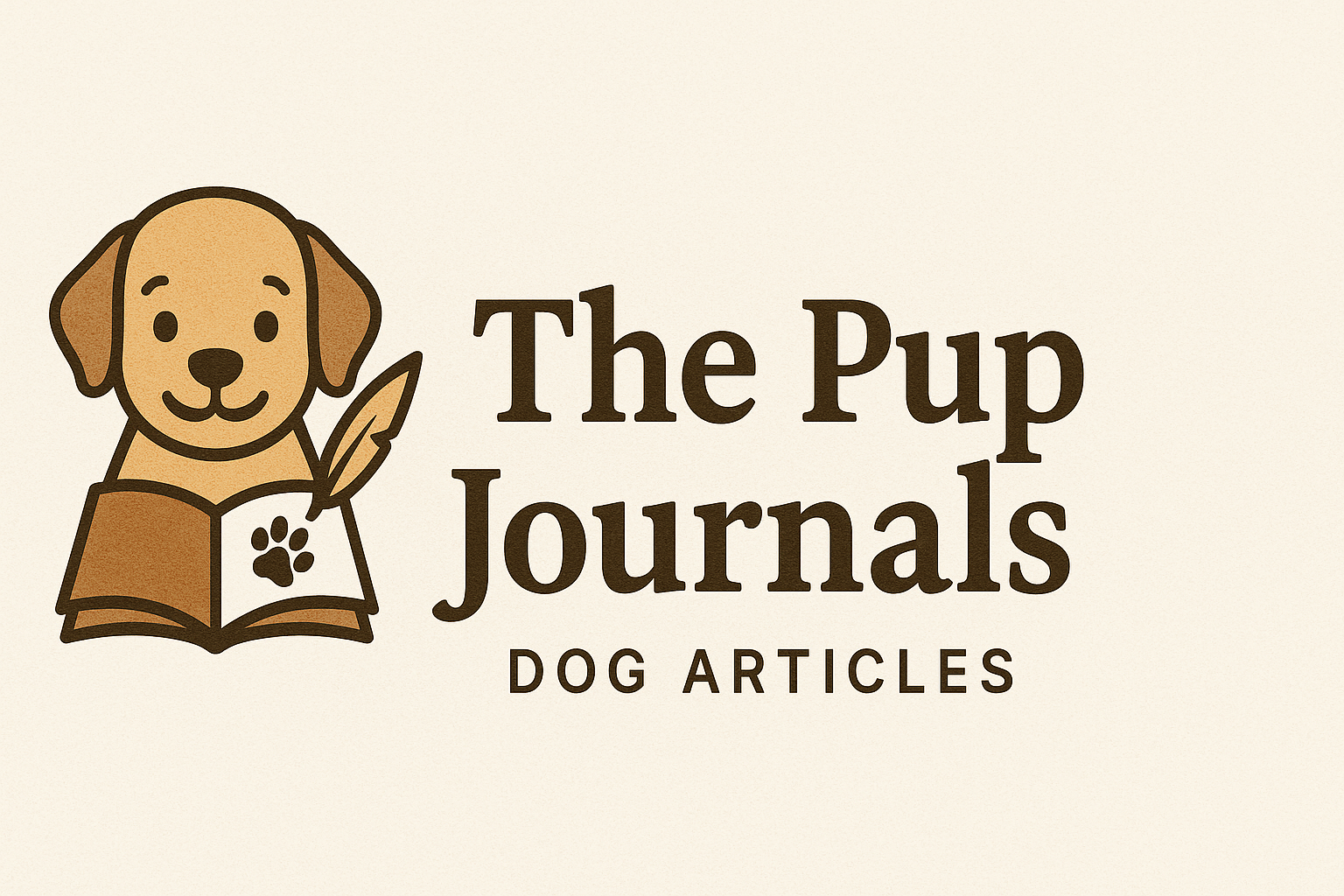
Bathing your dog keeps its coat clean and healthy. It also helps you bond. In this guide, you will learn how to bathe a dog in 10 easy steps.
Why Trust This Guide?
For four years, I was a professional dog groomer in Austin, Texas. During that time, I washed everything from jittery Chihuahuas to 110-pound Newfoundlands. I checked all product tips with two board-certified veterinary dermatologists.The approach has a proven method to keep your pup clean, healthy, and stress-free.
Why You Should Bathe Your Dog Regularly
- Removes dirt and odor. A clean dog smells fresh and feels good.
- Prevents skin issues. Bathing washes away irritants and allergens.
- Keeps coat shiny. Healthy oils spread evenly when you bathe.
- Allows health checks. You can look for ticks, rashes, or lumps.
Supplies You’ll Need
Gather your gear first. A prepared setup keeps the bath quick and calm.
- Dog-safe shampoo (no human brands)
- Non-slip bath mat or large towel
- Cup or spray nozzle
- Cotton balls for ear protection
- Wide-tooth comb or slicker brush
- Absorbent microfiber towels
- Dog-rated dryer or cool-setting hair dryer
- High-value treats
Step 1: Brush Before You Splash
It’s always best to brush out the coat before it gets wet. When you wet a coat, throughout this process you are not only going to mat it up, but the mats are going to pull on the skin when they are wet, and wet mats are tight and can be painful. To get the best removal of mats and loose fur, a slicker brush is generally best for the majority of the breeds. In the case of the doodles or double-coated dogs, using a medium-width metal comb will allow you to get the hidden mats that you can’t see with the slicker brush.
Step 2: Block the Ears
Insert a loose cotton ball in each ear. Water in the ear canal can cause painful infections. Do not push in deep – just cover the ear opening. Immediately after the bath is over, take the cotton out.
Step 3: Check Water Temperature
Lukewarm water is the sweet spot; too hot can burn sensitive skin and too cold can shock a small or shorthaired dog. I check with the inside of my wrist. It should feel like a baby’s bath: warm, but never hot.
Step 4: Wet the Coat from Neck Down
Use a handheld sprayer or a plastic cup. Start on the neck and move toward the tail. Avoid getting water in the eyes and ears. Make sure to get the coat totally soaked. A completely wet coat allows the shampoo to spread and lather quickly.
Step 5: Shampoo in Sections
Now we dive into the heart of how to bathe a dog:
- Dilute shampoo. Mix one part shampoo with four parts water in a squeeze bottle. Dilution helps even coverage and easier rinsing.
- Lather the neck first. Fleas run to dry spots; soaping the neck creates a “flea collar” barrier.
- Work down the back, chest, belly, tail, and legs. Use circular motions with your fingertips. Light pressure boosts blood flow and loosens dirt.
- Clean the face last. Switch to a tear-free formula or a damp washcloth. Gently wipe around eyes, muzzle, and beard. Never pour water over the head.
Step 6: Massage the Paw Pads
Several owners discontinue with the paws, however they are picking up sidewalk dirt on their paws and lawn treatments. Pick up each paw and clean the pads and the space in between the toes. Use a calm voice and if necessary offer a treat for cooperation.
Step 7: Rinse—Then Rinse Again
Residual shampoo results in itching and dandruff. Rinse until water runs clear. Feel the coat; if it squeaks, you are done. Double-coated breeds like huskies take longer. Tip the dog forward so the runoff moves away from the face and toward the tail end instead.
Step 8: Apply Conditioner (Optional but Helpful)
For dogs with long hair, or in cases of dry skin or coat condition, rub in with a dog-friendly conditioner. Leave in for two minutes you will rinse off thoroughly. Most conditioners seal down the hair cuticle, cut static, and serve as an aid to make brushing less painful.
Step 9: Towel-Dry with Microfiber
Wrap your dog in a large microfiber towel. Blot, don’t rub—rubbing tangles fur. Microfiber lifts more water than cotton, which speeds drying and reduces chill.
Step 10: Finish with a Dryer on Cool
In humid climates, air drying can cause hot spots. A pet dryer on a low heat or cool setting or a human dryer on low heat are good options. Keep the nozzle six inches from the skin and move it constantly to prevent overheating. While stepping, brush the coat…this will help the coat stay fluffy and not terry or mat.
Step 11: Reward and Inspect
Finish bath time on a positive note. Provide a delicious treat and give verbal praise. While your dog enjoys the treat, take a look at his ears, teeth, and skin for any reddness, bumps, or fleas, etc… Early inspection saves on vet fees.
Tips for a Stress‑Free Bath
- Choose a calm time. Don’t bathe before a big walk.
- Keep sessions short. Aim for 5–10 minutes.
- Speak softly. Use praise and treats.
- Play music. Soft tunes can soothe anxious dogs.
- Stay positive. Dogs pick up on your mood.
How to Handle Common Issues
| Issue | Solution |
|---|---|
| Slippery tub panic | Use a non‑slip mat or rubber bath rug. |
| Ear water | Fold a cotton ball into the outer ear before wetting. |
| Shaking off water | Towel‑dry separate areas so your dog stops shaking. |
| Skin sensitivity | Switch to an oatmeal or hypoallergenic shampoo. |
| Fear of water spray | Use a cup to pour water gently instead of a sprayer. |
Common Mistakes to Avoid
- Human shampoo. It upsets a dog’s pH balance.
- Water in ears. Leads to infections.
- Hot air drying. Can scorch skin.
- Skipping the rinse. Trapped soap causes itch.
- Bathing too often. Strips oils and invites flakes.
What About Puppies?
Puppies under eight weeks can’t regulate body heat. Use a damp cloth instead of a full bath if they get dirty. After eight weeks, follow the same steps as adults but keep water extra warm and sessions under ten minutes.
Conclusion
Now you know how to bathe a dog in five simple steps. You’ve learned to brush first, prep the area, wet, lather, rinse, and dry. You also have tips for a smooth session. Bathe your dog regularly to keep its coat healthy. Use praise and treats to make each bath a positive experience. You’ve got this!



One Response